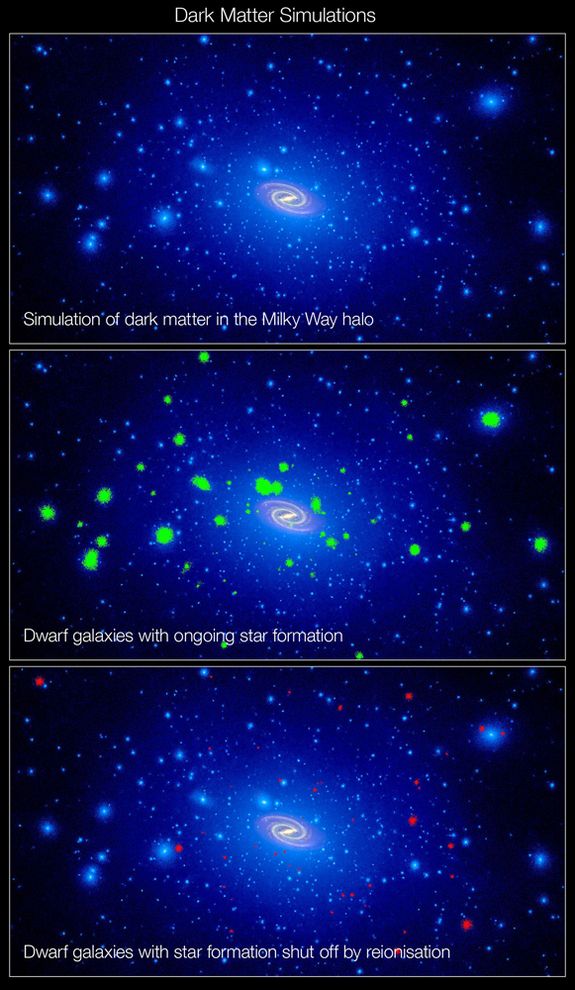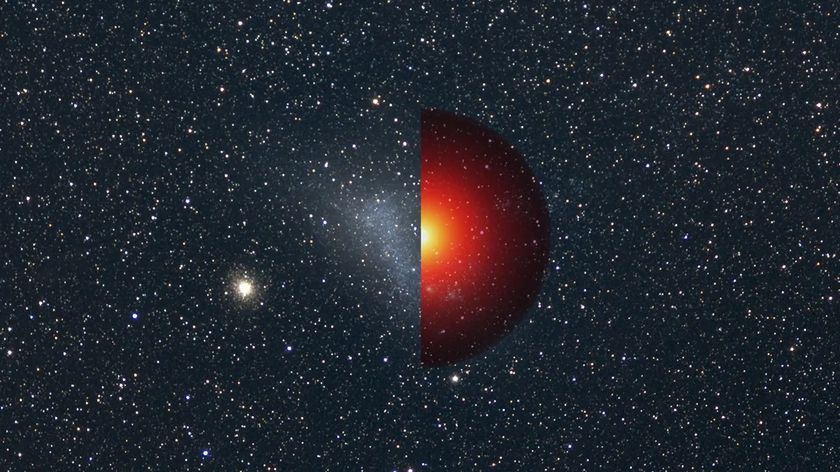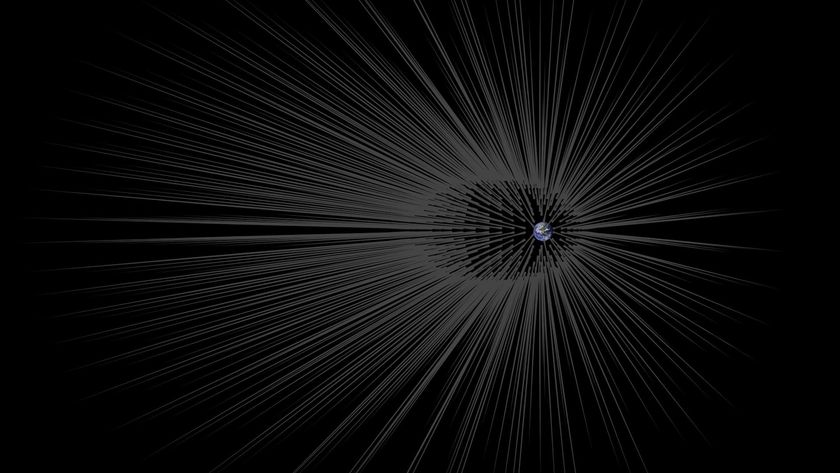NASA Chief Weighs In On Possible Dark Matter Discovery

NASA chief Charles Bolden is beaming.
The news today (April 3) that the International Space Station has played a pivotal role in what could be one of the biggest leaps forward for astrophysics has left the NASA Administrator with nothing but high praise.
The news stems from the station's Alpha Magnetic Spectrometer, which detected signals that just might be evidence of dark matter particles colliding and annihilating each other. (Of course, it could be something else, too. The science team has not yet confirmed the signal is definitely from dark matter, but it is a tantalizing possibility.)
Here's what Bolden says about today's AMS announcement, which NASA sent out to reporters this afternoon:
"The AMS cosmic ray particle results announced today could help foster a new understanding of the fields of fundamental physics and astrophysics. I am confident that this is only the first of many scientific discoveries enabled by the station that will change our understanding of the universe. Multiple NASA human spaceflight centers around the country played important roles in this work, and we look forward to many more exciting results from AMS.
"For more than 50 years, NASA has pushed the boundaries beyond Earth to unveil the underlying architecture of the cosmos, revealing new knowledge about our place within it. The International Space Station is a gateway to the universe, teaching us how humans can live, work, and thrive in space as we endeavor to venture deeper into the solar system. It's a remarkable testament that the orbital laboratory could play such an important supporting role in research at the very smallest scale of the physical universe. It's proof positive the space station is humanity's greatest achievement in low-Earth orbit."
The Alpha Magnetic Spectrometer is a complicated (and expensive) instrument launched to the space station in May 2011 on one of NASA's last-ever shuttle missions. The $2 billion instrument is the result of 16 years of work by 200 scientists from 16 different countries and 56 different institutions.
Sign up for the Live Science daily newsletter now
Get the world’s most fascinating discoveries delivered straight to your inbox.
This story was provided by SPACE.com, sister site to Live Science. Email Tariq Malik at tmalik@space.com or follow him @tariqjmalik and Google+. Follow us @Spacedotcom, Facebook and Google+.

Tariq is the editor-in-chief of Live Science's sister site Space.com. He joined the team in 2001 as a staff writer, and later editor, focusing on human spaceflight, exploration and space science. Before joining Space.com, Tariq was a staff reporter for The Los Angeles Times, covering education and city beats in La Habra, Fullerton and Huntington Beach. He is also an Eagle Scout (yes, he has the Space Exploration merit badge) and went to Space Camp four times. He has journalism degrees from the University of Southern California and New York University.












